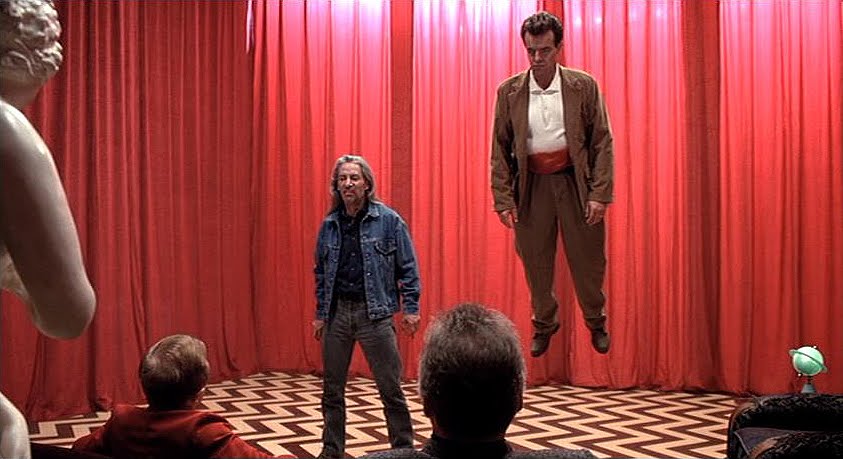
Malicious supernatural forces, evil in humanity itself, destruction at the hands of both: is there a capacity for light amidst the dark? Can terrible, “ugly” things be considered beautiful? The concept of aesthetics are partly the basis of the film medium, so naturally it makes sense that throughout the history of film, the idea of what is considered “beautiful” has been bent, modified, changed and re-arranged countless times.
The films compiled here are thematically dark and often disturbing in their subject matter, however -for those who are willing to look- there is also certain kind of beauty that can be found and experienced amidst the rubble. While most of them tend to fall into the horror genre, all of the films included here are complex enough to allow space to breathe outside of the feeling of terror.
Although a universal theme running through these films is of destruction and decay, it can be argued that there is something “beautiful” to be found in the downward fall, and how it reveals the strengths and weaknesses of the characters involved and of the stories on display.
1. Eyes Without A Face (Georges Franju, 1960)
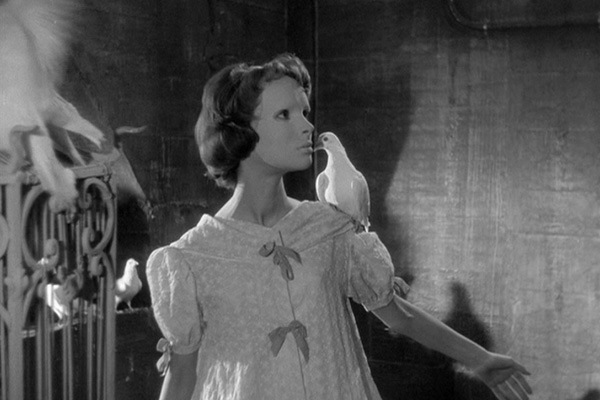
The first film on our list is a disarmingly beautiful film about a macabre topic. After a car accident leaves a young woman’s face horribly disfigured, her father is determined to replace her face and revive her spirit. With the help of an assistant, he kidnaps young women from Paris who are around the same age as his daughter, and surgically removes their faces in order to graft their skin onto that of his daughter’s.
Although he is a doctor, his pushing the limits of medical science and moral ethics does not occur without consequences. As the film goes on each of the central characters gradually begin to face the reality of what they’ve gotten themselves into, and in the process explore their own personal deterioration as people.
An unusually frank film for its time, it’s been noted for its science-fiction elements: the surgeries performed herein are essentially early derivative forms of plastic surgery, and a procedure not unlike the one featured has been successfully performed within the past decade.
Although preceding the blood-and-gore films that flooded the horror genre after the 1960s, Eyes Without A Face is not a soft film. There’s an infamous face-cutting scene that is difficult to watch even by today’s standards and was indeed subject to censorship upon its initial release. However, as a whole the terror elements of the film are side-effects to a story that’s ultimately about the failure of human error and our inability to accept what we cannot change.
The doctor’s daughter, a guinea pig of sorts for his twisted medical experimentation, is played with an eerie and sad iridescence by Edith Scob. Though she is the axis of the film, she has very little dialogue and spends most of her time wearing an alarmingly featureless mask that is intended to hide her disfigurement. As a result, most of her emotional expression is communicated through her eyes- the dejected, impossibly vacant eyes which the title of this film takes its name from.
This is a deep, subtly philosophical work that isn’t even really a horror movie in the traditional sense; in an attempt to thwart European censors, Franju crafted a delicate film he would later claim falls under the genre of cinema fantastique, a decidedly-French term that places the film into a much older and classical category that evokes the Grand Guinol Theater.
Still, the film is a beautiful and disturbing work; each shot is visually stunning and masterfully rendered, but what is actually going on in these shots is anything but beautiful.
2. Tetsuo: The Iron Man (Shinya Tsukamoto, 1989)
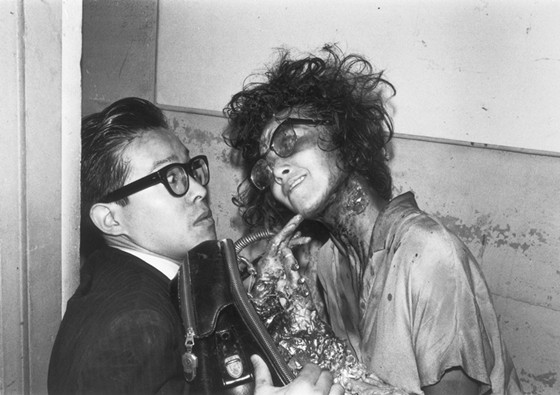
Of all the films on this list, this one may be the most visually-arresting and striking. A radical work of art, Tetsuo is a disturbing and gripping sensory overload. Although there is little to say in terms of explaining the plot, the film focuses on a man who awakens one day to find jagged pieces of metal growing out of his body.
As the film carries on he becomes more and more deformed, and the pieces of metal become larger and harder to conceal. He is chased by several other metal-possessed people, including a deranged office lady who runs at him through a Tokyo train station, and the spirit of a metal fetishist whose death the protagonist may have played a part in.
Although well-known at this point, for many years Tetsuo was a strictly underground affair, mostly known to art house and Japanese Cinema circles; it’s best known as the film that catapulted director Shinya Tsukamoto to global recognition.
Filmed in start black and white and featuring an early industrial music score by Chu Ishikawa, the film is also recognized as a staple of the Japanese Cyberpunk genre, which takes influence from the eponymous Western Sci-Fi movement but has evolved into its own separate stylistic entity.
There’s a whole lot of sharp, shiny metal in the film (mostly protruding out of flesh and different orifices), but Tsukamoto somehow takes the visuals and bends them; often physically through the use of Claymation-esque sequences that are almost definitely inspired by the work of Jan Svankmajer.
It’s a largely nonsensical experience and we aren’t given any clear indications regarding what’s actually happening or why, but that is indeed part of the beauty and magic of a work as singular as this one. In the years since its release, there have been and complex film analysis written about the meaning of Tetsuo and the themes present. Nearly thirty years down the line, it hasn’t lost any of its power to shock and provoke.
3. It Follows (David Robert Mitchell, 2014)
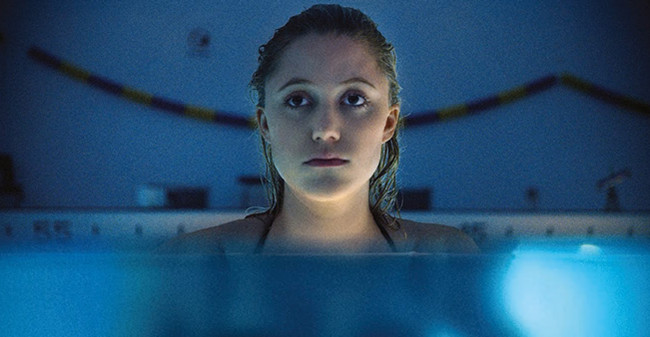
In suburban Detroit, a girl comes home after a bizarre and nefarious sexual encounter to find herself being stalked and followed by different people, all similarly inhuman and vacant. She realizes that the nonsensical story she was told during the encounter- that she would be followed by something in the coming days- may be all too true.
Despite having one of the most absurd concepts ever, It Follows is haunting and arguably one of the best horror movies in recent years. Using the classic trope of sexual activity leading to mayhem as a springboard, the film dives headfirst into unusually deep existential and emotional levels. While an entirely frightening horror film, it also reveals itself to be a thoughtful reflection on mortality, innocence, sexuality, and the complications of growing up.
The film’s visual aesthetic has been widely-praised, and with good reason: Mitchell’s consistent use of wide-panning shots filled with sparse action creates an omnipresent sense of tension that surprises with its simplicity. Although probably set in the present day, It Follows is designed to look and feel like it’s been set in the late 70s or early 80s, with costumes and set details that are intended to evoke a sense of nostalgia.
The soundtrack is comprised of a stunning set of electronic music that recalls both the early-synthesizer sound of mid-80s horror films, and Crystal Castles, a band that is largely inspired by a similar sonic void of doom.
Led by a strong yet vulnerable performance from Maika Monroe, It Follows is genuinely intimidating and creeps into your consciousness in the subtlest of ways.
4. A Tale of Two Sisters (Jee-Woon Kim, 2003)
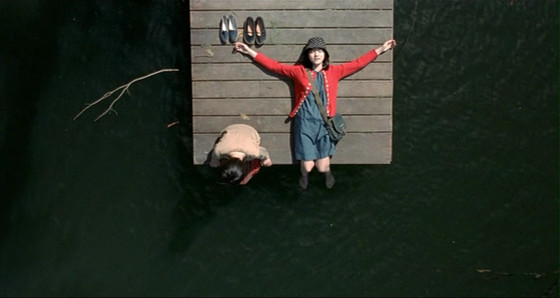
This high-quality Korean chiller was the highest grossing horror film in its home country and sent shockwaves out to its Asian neighbors upon release; in the midst of a venerable Asian horror boom (and a sea of formulaic female ghosts), this film stood out remarkably for its unique production design, unpredictable story, and for the intensity of the actors’ performances.
Loosely based on a Korean folk tale, the film begins with two sisters coming home after an extended stay in the hospital, only to find a domineering and neurotic step-mother in charge of the house. Their father, clearly run-down by life, is markedly passive and shut-off from the emotional turmoil that ensues.
Tensions between family members are high as is, but to make matters worse there is something else in the house with them- making its presence known and reminding everyone of grim events that everyone wishes they could forget.
A Tale of Two Sisters is noted for its visual composition: the cinematography is captivating, and the color palette used is striking and deeply immersive. Even down to the costume design, the wide array of colors flow into a cohesive photographic story- each shot looks as if it were curated for an editorial in a fashion magazine. The use of lighting, shadows, and occasional color tints add to the effect of drawing the viewer into the film.
Thankfully, the story is just as enthralling; what is essentially a human drama with supernatural elements tastefully thrown in eventually leads to an emotional land mine. The acting is of the highest caliber, particularly from Soo-jung Im and Jung-ah Yum, who play the eldest sister and the step-mother, respectively.
The film has the feel and look of a proper, traditional ghost story with its fair share of scares; what separates it from others in the genre is the emotional depth which the story plunges into, rather quickly and unexpectedly. It’s a work that is both full of surprises and reveals itself to be startlingly complex in its execution.
Without giving away any plot points, A Tale of Two Sisters is a film that begs to be re-watched and re-examined several times over. Each viewing lends to a sharper understanding of the story and its characters, who are all struggling to make sense of the unexplainable and at the same time forget their checkered pasts.
5. Tideland (Terry Gilliam, 2005)
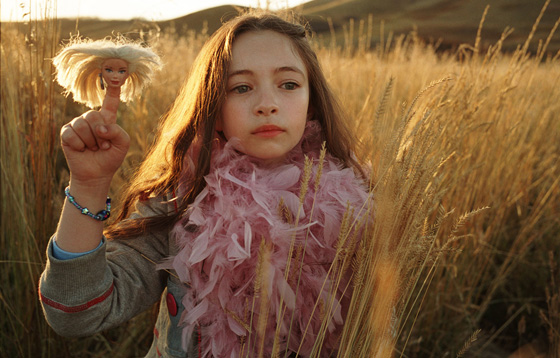
Sometimes, certain films come along that are just so bizarre and unorthodox that they need time, often years, to find the right audience. Critically panned upon release, Tideland is one of those films: a truly fascinating, overlooked gem which, ten years after its release, is slowly starting to be re-evaluated. Like most of Gilliam’s films, this one exists in its own entirely dreamlike world that depicts reality as fantasy. That said, it is easily his most introspective and insular work, and a very emotionally-heavy one at that.
Jeliza-Rose is the child of drug-addicted parents; after the sudden death of her mother, she and her father flee to an abandoned farmhouse in rural Texas. After he overdoses on heroin, she spends much of the remainder of the film exploring the desolate fields around the house. Although she’s technically alone, a group of four decapitated doll heads that she wears on her fingers keep her company; each has its own name and distinct personality.
Consequently, each doll is a manifestation of her subconscious, and the conversations she has with them throughout the film are actually long-winded internal monologues. The girl eventually runs into other people, but as par the course of movies like these, she’s somehow more balanced and sane than they are.
Keeping in mind that the majority of the movie effectively takes place inside the head of a neglected little girl, there’s a plethora of strange and almost savage yet gorgeous images. The dream sequences are particularly stunning, and much of the film’s visual composition and color tone owe a lot to Nicola Pecorini’s cinematography.
In retrospect it’s easy to see why Tideland didn’t click with people initially and still struggles in gaining a decent reputation. It’s a difficult film, and on many levels disturbing- the contrast between its fantasy elements and what’s actually happening is artfully executed, and is done intentionally; the unraveling of the narrative to reveal the grimness of a child who is witness to her own broken, discarded reality is heartbreaking.
It’s an unexpectedly powerful little film, but it is also a really compelling and visually-rewarding film, with a very tender and sad story at the heart of it.